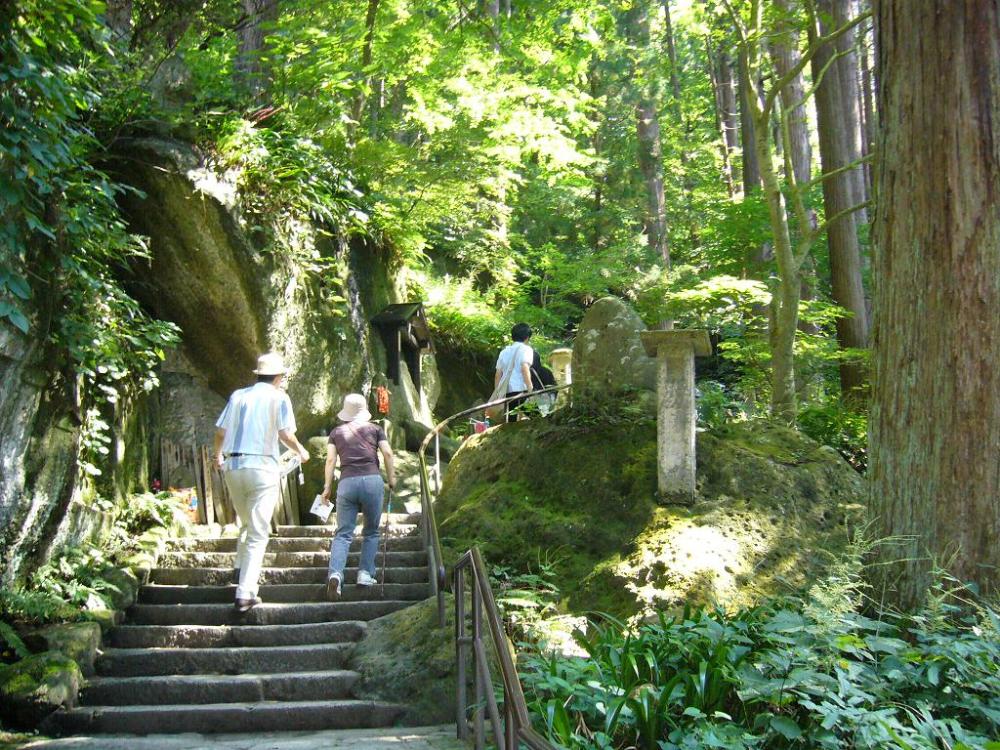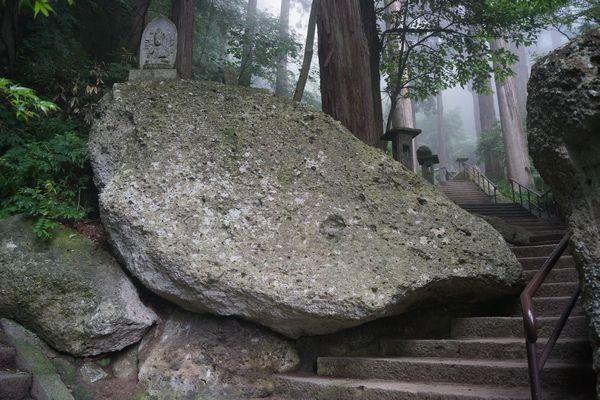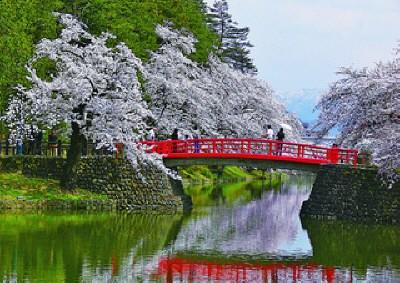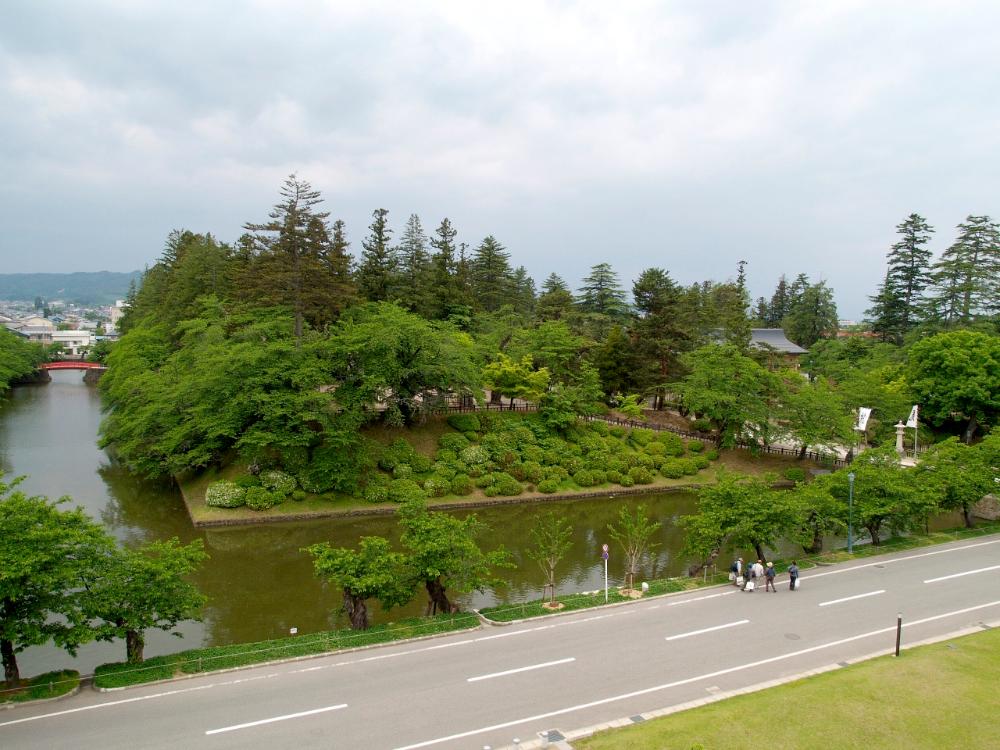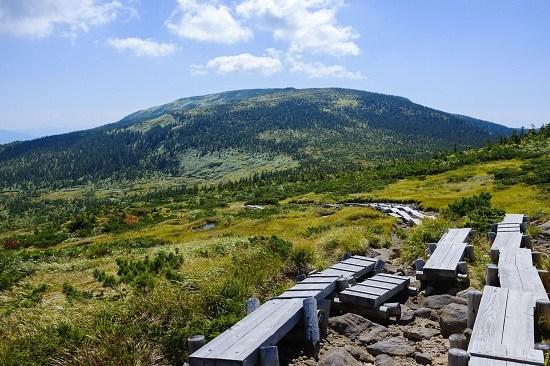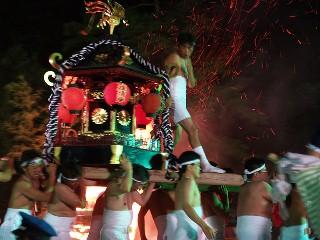When *Ono-no Komachi came down with sickness during her journey to look for her father, she had a revelation from Yakushi Nyorai (healing Buddha) in her dream, and found a spot where hot water gushing out of the ground. She soaked in this mineral-rich hot spring to recover, and set out on her journey to find her father again. This said to be the origin of Onogawa Onsen. True or not, does not seem to mean much to town folks. Whatever the reason, it is indisputable that the the town is called Ono Gawa (which means Ono river), and its name is originated to Ono-no Komachi. But what fascinates visitors more than anything, is this whole town is creating some sort of mysterious aura enough to make us believe such fairytale.
Ogiya is definitely one of these historical buildings helping create such aura. Reconstructed more than 110 years ago due to fire destruction, Ogiya has been loved by many people including Prince Takamatsu, lords of Uesugi clan and famous authors such as Fujisawa Shuhei over centuries. As you step into the entrance, your mind shall be captured by Ogiya's heart-warming hospitality and the nostalgic atmosphere of its old wooden architecture that has been passed down for over a century. Ogiya offers the world famous Yonezawa beef and tasty carp cuisine.
Minus ion & antioxidative effect of Onogawa onsen
According to the research facility, hot spring of Onogawa contains 1.4 ~ 1.6 million minus ion per 1cc. Even a water-fall where one feels to be healed creates only 0.2 ~ 0.3 million. You could easily imagine how astounding this value is. Meanwhile, ORP (oxidation-reduction potential) that greatly contributes to preserve one's health also appoints very high value which is 290mv.
*Ono-no Komachi (825 – 900?) was a Japanese waka poet counted as one of the Rokkasen, the six best poets of the early Heian period. She was renowned for her extraordinary beauty, and today, Komachi has become a synonym for feminine beauty in Japan.
Room Charge: (per person, tax & hot spring tax not included)
Room type
! room (6 or 8 tatami mats): JPY9,800 (2 meals), JPY12,000 (additional Yonezawa beef), JPY5,500 (no meals)
2-room (6 & 8 tatami mats): JPY9,800(2 meals), JPY12,000 (additional Yonezawa beef), JPY5,500 (no meals)
Special Room (6 & 8 tatami mats with indoor bath & toilet) JPY12,000 (2 meals), JPY14,000 (additional Yonezawa beef)
*Special prices are applied to peak season.
*Additional JPY1,000 is charged for consecutive holidays.
*Additional JPY500 is charged for heating (Oct ~ Mar)
*50% discount for children under 12.
Tips:
Peak Season in Japan in general:
Dec 30~Jan 3 or 4, Apr 29~May 6, Aug 11~15
*Please note that peak season varies by calendar of each year.
Meals:
Standard: Yonezawa beef sukiyaki, Sliced carp, Simmered carp with salty-sweet sauce, local dishes cooked with seasonal ingredients
Additional Yonezawa beef: Yonezawa beef sukiyaki or shabu shabu, Spit-roasted Yonezawa beef, Thinly-sliced and chopped half-roasted beef、Sliced carp, Simmered carp with salty-sweet sauce, local dishes cooked with seasonal ingredients
*Yonezawa is famous for its highest quality of beef known worldwide and tasty carp cuisine.
Hot Springs:
Hot spring of Onogawa contains 1.4 ~ 1.6 million minus ion per 1cc. Even a water-fall where one feels to be healed creates only 0.2 ~ 0.3 million. You could easily imagine how astounding this value is. Meanwhile, ORP (oxidation-reduction potential) that greatly contributes to preserve one's health also appoints very high value which is 290mv.
Sightseeing Spots:
Zao mountains (famous for its frost covered trees)
Kokeshi at Tohgatta Onsen
Yamadera (Risshaku Ji temple, famous for Basho's haiku)
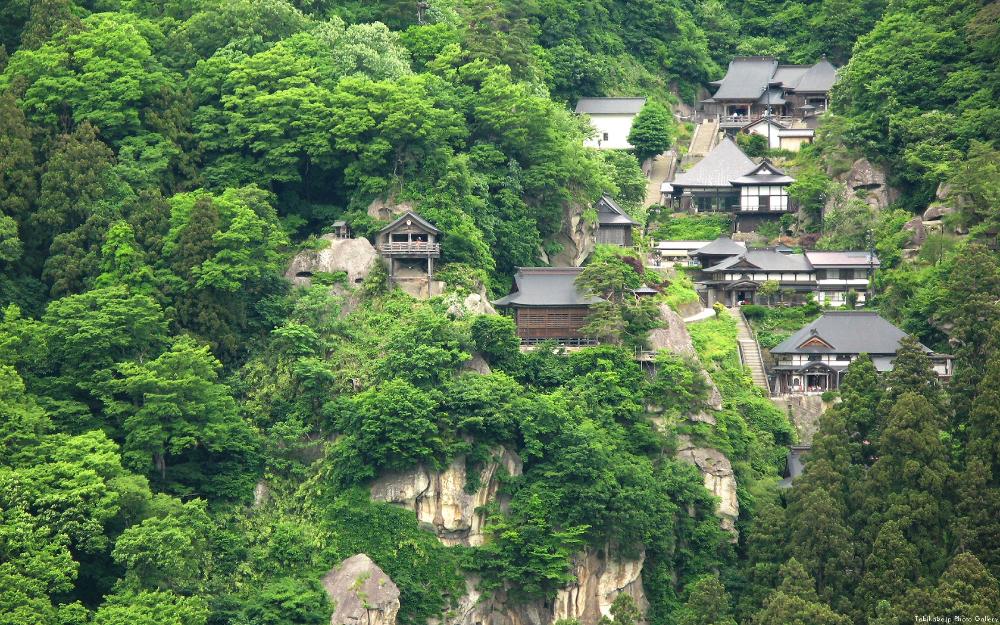
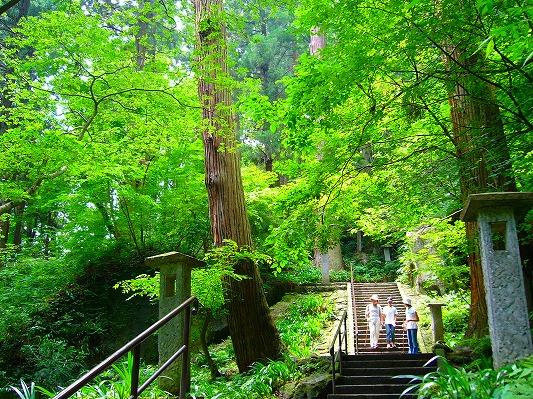
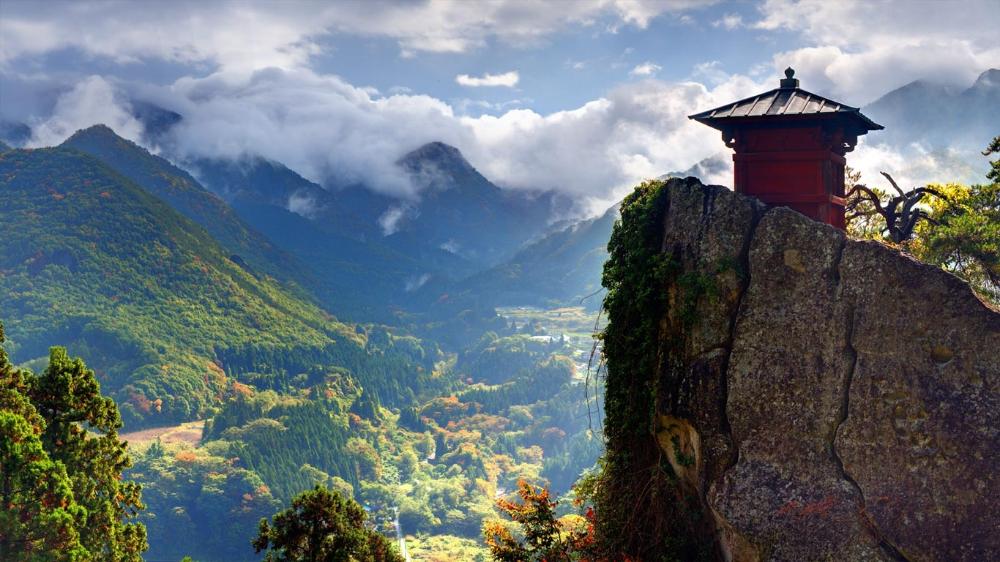
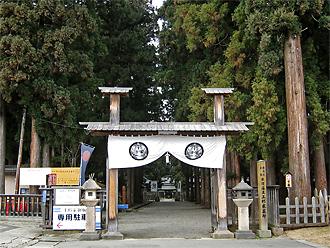
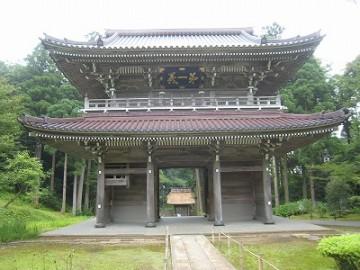
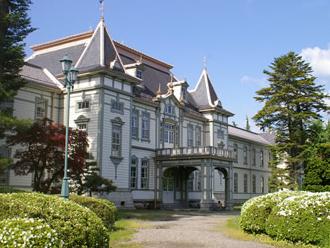

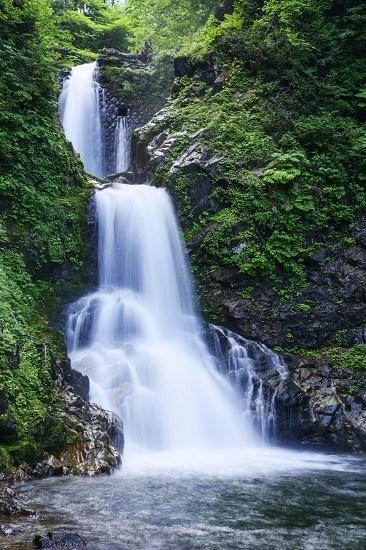
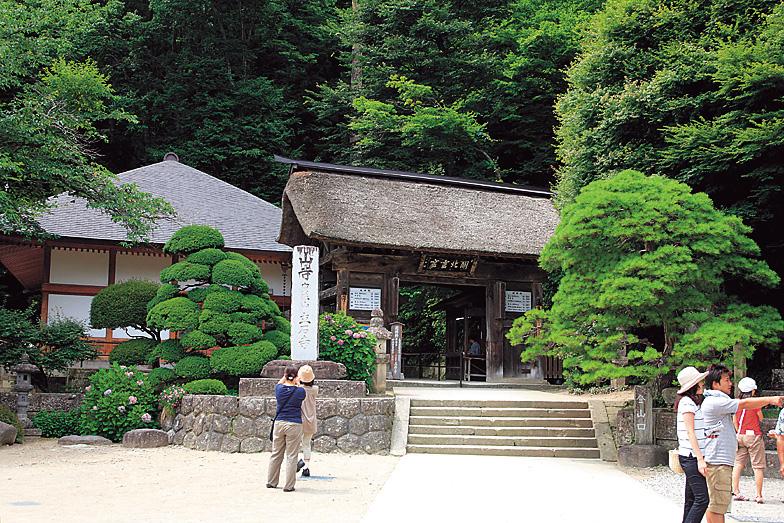
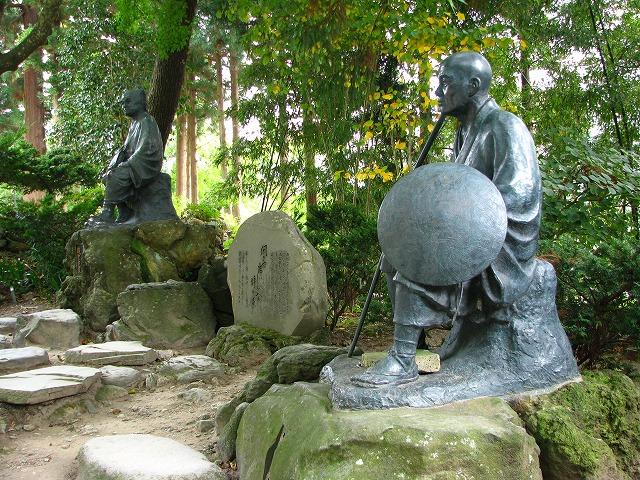

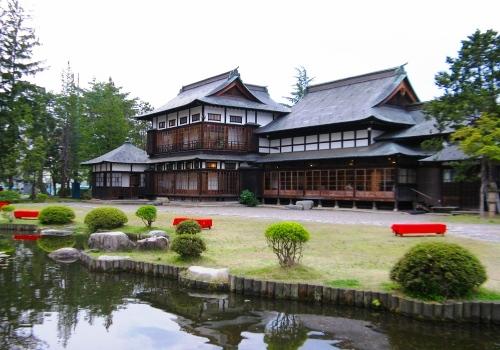
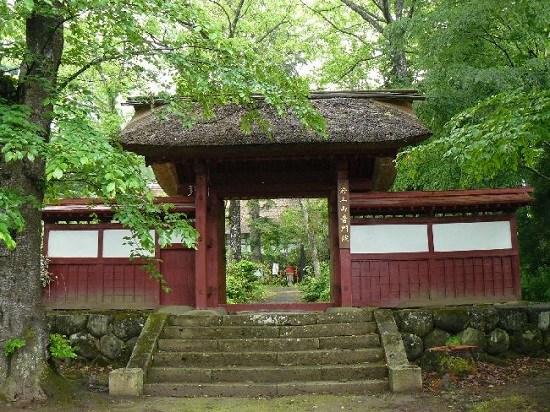
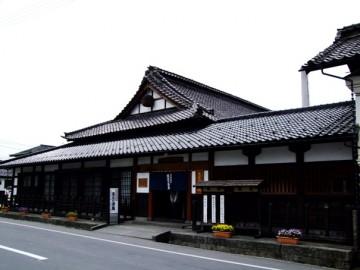

.jpg)
